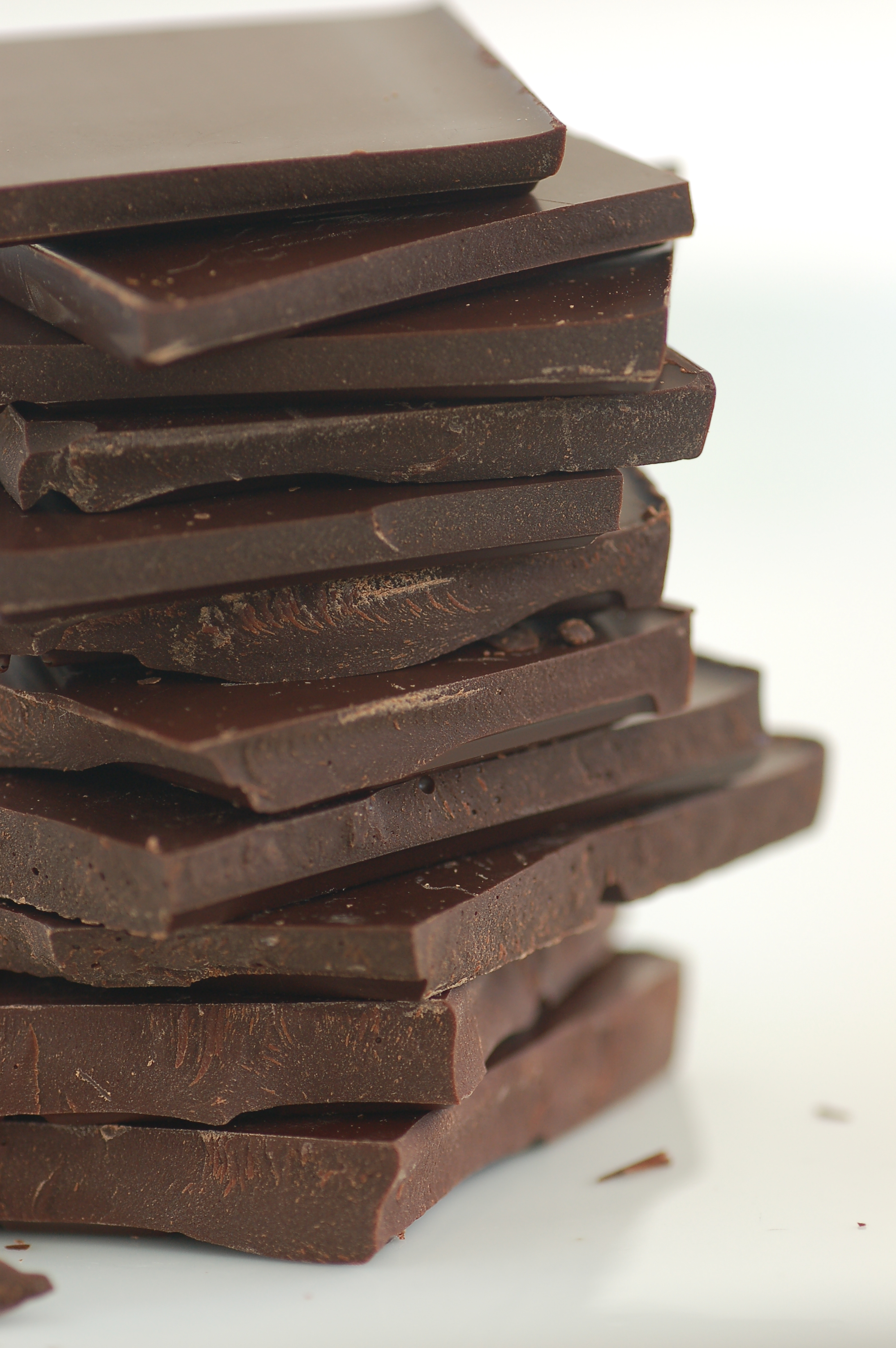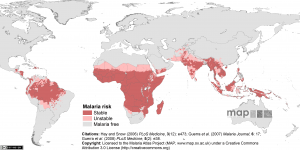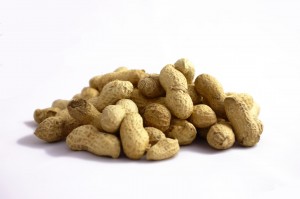“An apple ounce of chocolate a day, keeps the doctor away”

Source: Wikimedia Commons.
With the second round of midterms right around the corner, all of us are going to have stressful cravings while studying, and I for one, crave chocolate more than anything. Thank to a recent study, it is shown that chocolate is actually beneficial for our health, if consumed in a reasonable amount.
Ever since cocoa powder was introduced in Europe (sometime in the 1500s), it has been modified and processed into the fancy chocolates that we now consume. For many years, chocolate has been treated merely as a dessert until recently. It was found that chocolate can help improve our health, most importantly our cardiovascular health.

Source: Wikimedia Commons.
Chocolate is rich in flavanols; which are a type of flavonoids that act as an antioxidant. Furthermore, flavanols in the blood stream also allows vascular tissues to relax, helps lower blood pressure, improves blood flow to the brain and heart, and aids in the production of blood platelets (making them less sticky and allowing them to clot). It has also been suggested that it might cure diseases such as dementia.
But wait! Before we reach out for that snickers bar across the table, lets just take a moment to understand that modified, commercial chocolates that are sold in the stores, might not provide the health benefits we need. The strong smell and bitter taste in cocoa is associated with the presence of flavanol. Unfortunately, the chocolates that we consumes have been highly processed to get rid of the flavanol, to make them taste sweet.

Source: Wikimedia Commons
Fortunately for us, chocolate manufacturers are working towards preserving flavanols in the chocolate bars. So before we get too excited and rush to the nearest store to buy a box of chocolate, take a breather and read the nutritional labels. Look for chocolates with a high cocoa percentage and low sugar and fat levels. Until then, for those of us watching the calories, should stick to the safer alternatives of dark chocolate or unsweetened cocoa powder in a moderate amount.
Happy cravings!
– Hiba Rajpar
References:
http://my.clevelandclinic.org/heart/prevention/nutrition/food-choices/benefits-of-chocolate.aspx
http://www.womenshealthmag.com/nutrition/healthiest-chocolate
http://www.womenshealthmag.com/weight-loss/dark-chocolate-benefits
http://www.livescience.com/561-secret-chocolate-heart-benefits.html
http://www.livescience.com/43222-is-chocolate-healthy.html







